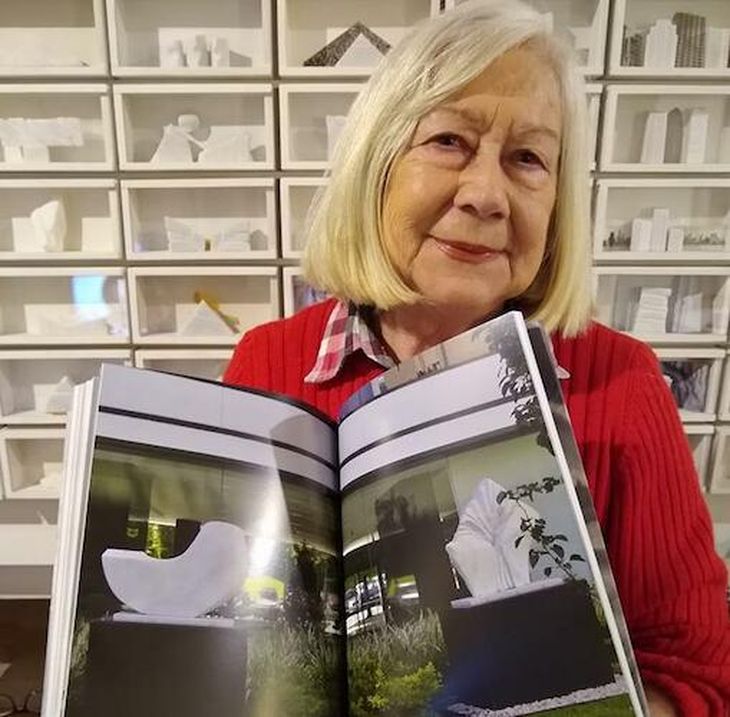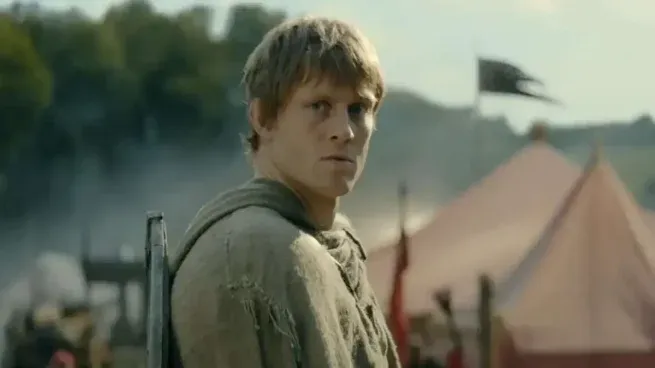Lucia Pacenzaa prominent Argentine sculptor who among her recent awards includes the 2021 Lifetime Achievement Award from the National Arts Fund and the 2022 National Hall of Visual Arts, presents her series “Cities” at the Rojas Cultural Center of the UBA.
This series of imaginary cities that refer to buildings without doors or windows mounted on interchangeable modules is related to his concept of sculpture that must be brought to public spaceinstall it in the city as an integrated and visible presence.
They have been carried out in marble, plaster, wood, acrylic and are presented in chromatic versions: from the purest white, to absolute black, bright red and gray, which emphasize the desolation, the lack of communication, the loneliness of the urban space where they are erected. At the beginning of the series they were locked in boxes until they began to take on greater importance after a visit to New York after the fall of the Twin Towers. “Lost City”, “Deserted City”, “Reflection City”, “Elevated City”, “Transparent City”, “White City” belong to “Invisible Cities” different architectural styles that reflect different habitats and always empty.
Born in Buenos Aires in 1940, she began painting with Emilio Petorutti and in the sculpture workshop of the great master Leo Vinci. His work includes an extensive career of individual and group exhibitions, notable awards, extensive bibliography by important Argentine and foreign art critics, works exhibited in museum exhibitions and creation of monuments for public spaces, for example: Monument to the 400 years of the City of Buenos Aires in 1980 located on Av. Libertador and Udaondo, not always well cared for by the City authorities, and on whose foundation the artist imagined “a monument whose forms did not age” that carried the symbolic greatness of a heroic past as well as great formal precision, with water flowing in reverse from traditional fountains. But carelessness prevailed and the water is rarely seen flowing.
In Pasaje Carlos Gardel and Anchorena is the Bandoneon Monument held in 2014. Curators Cecilia Escalante and Rocío Genovese in their texts emphasize the urban vision that has accompanied the artist over time and her questioning of what the cities of the future will be like. (Corrientes 2038. Monday to Saturday from 10 a.m. to 8 p.m. Free admission. Closes on April 30).
Lucia-Pacenza_nota.jpg
Lucía Pacenza presents her series “Cities” at the Rojas Cultural Center of the UBA.
Jose Marchi
In 2022 we comment in this column on a sample of Jose Marchi (Buenos Aires, 1956), “Forms and Transparencies”, at ODA Art Office. In which upon entering there was a child sitting at a desk with brushes in intense blues broken by the light that penetrated through a window. An image reminiscent, in a way, of those from its beginnings, in the 19th century, of schoolchildren sitting in circles, ateliers where future artists in clothes of the time followed the teacher’s instructions. Later there were other series generally inspired by artists or filmmakers.
In the main room, a total change of register was observed since he did not use brushes, but black oil on yellowish tracing papers, small scattered particles and superpositions of geological layers, rock shapes, transparencies, mysterious were visible.
Marchi He returned to ODA again with the curatorship of Daniel Fisher with your sample “Fulgurations” and whose curatorial text indicates “the encyclopedist character and lover of placing the human at the center of all purposes, its wonderful technique built with delicacy, elegance and a certain pictorial sensuality”. Marchi puts the viewer, whether familiar with his work or not, in a situation in which his imagination can see religious or art history images deposited in his visual memory.
This room is dominated by a specific 10-meter installation illuminated at the back that provokes mystical sensations. What ultimately counts in this exhibition is the mystery, the silence that invades us and the mysticism that surrounds us. Marchi, a rare bird, which visually penetrates us gradually, in this garish eraboisterous, empty of all meaning, full of visual elements, which gives us a moment of serene introspection before the reign of the ephemeral.
A full academician of the National Academy of Fine Arts, José Marchi has received important awards, including the Belgrano, the Calderón de la Barca, and has exhibited in the United States, Ireland, Brussels, Berlin and of course in our country. (Paraná759 First floor. Monday to Friday from 3 to 7 p.m. Closing on April 23.)
Source: Ambito
I am an author and journalist who has worked in the entertainment industry for over a decade. I currently work as a news editor at a major news website, and my focus is on covering the latest trends in entertainment. I also write occasional pieces for other outlets, and have authored two books about the entertainment industry.




